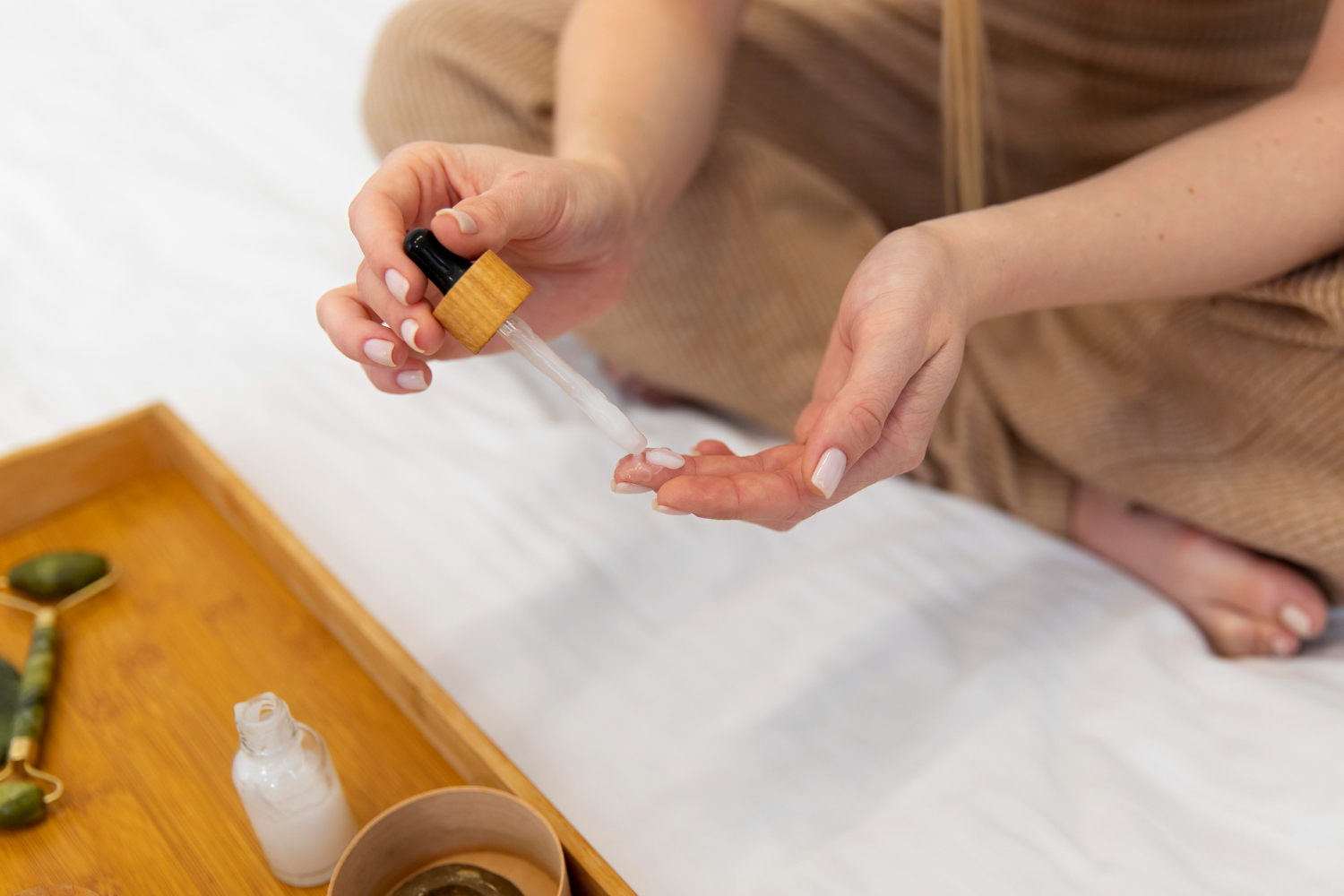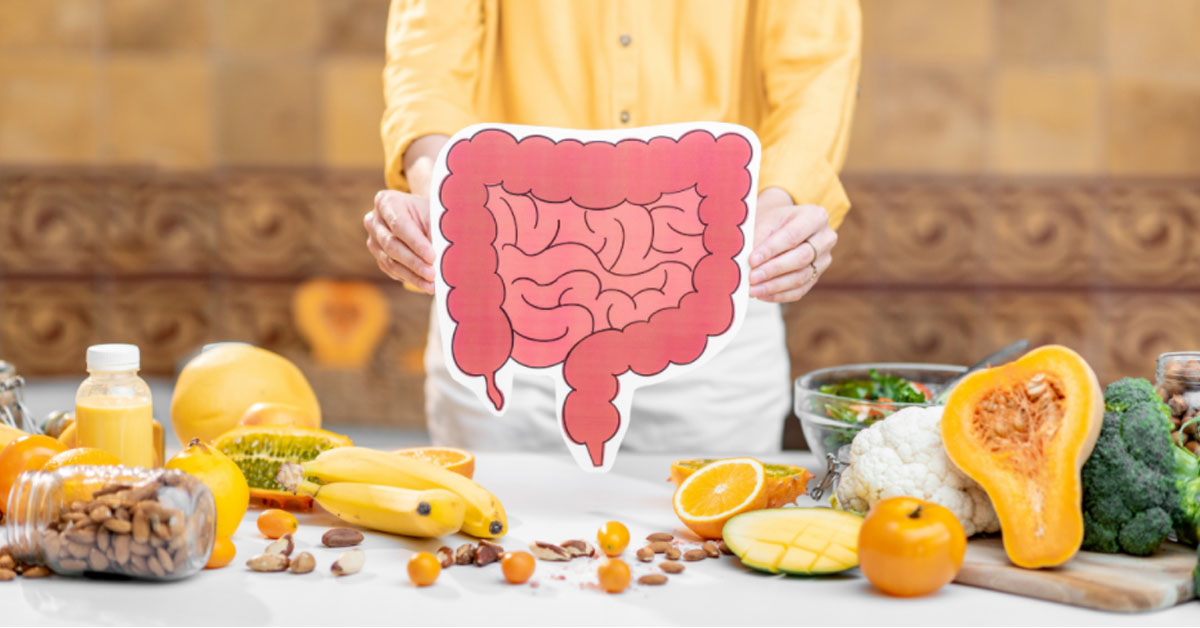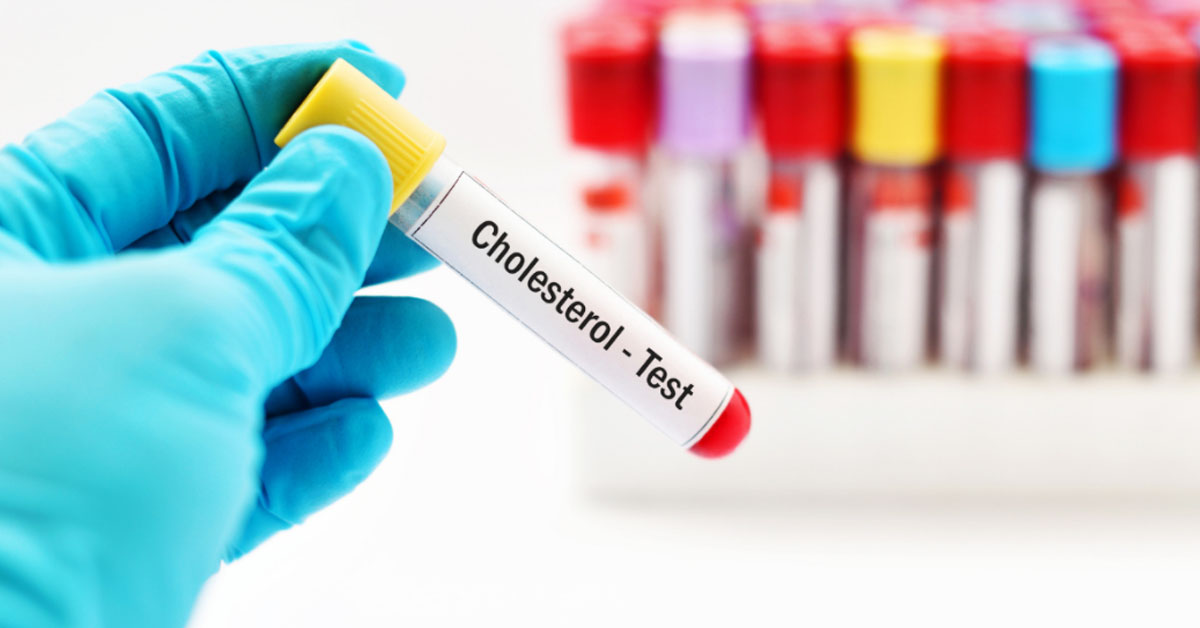

1. Introduction – The Essence of Abhyanga in Ayurveda
In the heart of Ayurveda lies a practice so gentle, yet so transformative, that it is called “snehana” — the act of love through oil. Abhyanga, the ancient art of self-massage, is not merely a body therapy; it is a sacred dialogue between you and your inner self.
Derived from the Sanskrit root “abhi” (towards) and “anga” (limb or body), Abhyanga literally means “to anoint the body with love.” Unlike a regular massage, it’s a mindful ritual that restores harmony among the three doshas — Vata, Pitta, and Kapha.
When practiced regularly, Abhyanga becomes more than self-care; it becomes self-connection. It teaches us to slow down, to listen, and to treat our bodies not as instruments of labor but as temples of consciousness.
In today’s hurried world, where mental exhaustion and physical imbalance are common, Abhyanga offers a moment of grounding — a return to stillness through the simple act of touch.
2. The History and Scriptural References of Abhyanga
The roots of Abhyanga stretch deep into the timeless heritage of Ayurveda — India’s 5,000-year-old science of life. Ancient scriptures like the Charaka Samhita and Sushruta Samhita describe Abhyanga as an essential part of Dinacharya (daily routine), essential for maintaining health and preventing disease.
Charaka Samhita beautifully states: “Abhyanga should be practiced daily. It wards off old age, fatigue, and the effects of exertion.”
In the royal courts of ancient India, Abhyanga was more than hygiene — it was a ritual of rejuvenation. Kings, warriors, and sages alike began their day with warm herbal oils massaged from head to toe, invoking both physical strength and spiritual clarity.
Over centuries, this sacred art has evolved — from temple therapies and royal wellness traditions to modern wellness centers like SriPAA Ayurveda, where the ancient ritual is reinterpreted for the modern lifestyle while retaining its timeless soul.
3. The Ayurvedic Science Behind Abhyanga
Ayurveda views the body as an intelligent ecosystem — a network of energy, tissues, and consciousness. When warm oil touches the skin, a cascade of healing begins.
Modern science explains what the sages intuitively knew — that oil massage improves circulation, stimulates lymphatic flow, and supports the body’s natural detoxification pathways. Warm herbal oil penetrates the skin through the hair follicles, nourishing deeper tissues and calming the nervous system.
From an Ayurvedic perspective:
- Vata Dosha (air and ether) governs movement and tends to create dryness, anxiety, and fatigue when imbalanced. Abhyanga pacifies Vata by grounding and lubricating the body.
- Pitta Dosha (fire and water) governs metabolism and can cause irritation or inflammation. Cooling oils soothe and balance Pitta.
- Kapha Dosha (earth and water) governs structure and stability, and when excessive, can lead to lethargy or heaviness. Stimulating oils counter this stagnation.
Each stroke in Abhyanga is designed not just to relax muscles but to awaken cellular intelligence — reminding the body of its natural rhythm and vitality.
4. Understanding Oils and Doshas
In Ayurveda, oil is more than a carrier — it is medicine. The choice of oil determines the outcome of the therapy.
- For Vata: Sesame oil and Ashwagandha taila provide warmth and nourishment, ideal for dryness and anxiety.
- For Pitta: Coconut oil and Bhringraj taila offer cooling relief, reducing heat, anger, and inflammation.
- For Kapha: Mustard oil and Triphala taila help stimulate circulation, remove sluggishness, and awaken energy.
At SriPAA Ayurveda, oils are prepared traditionally — infused with herbs under controlled heat, maintaining the potency of every ingredient. This authentic preparation ensures that each drop carries not just medicinal value but vibrational harmony.
5. How Abhyanga Works Energetically – Marma Therapy and Prana Flow
Beyond the physical benefits lies a subtler dimension of Abhyanga — its effect on prana, the life force that animates every cell.
The body contains 107 marma points, or energy junctions, where consciousness meets matter. When these points are gently stimulated during Abhyanga, blocked energy pathways begin to open, allowing prana to flow freely.
This energetic awakening creates profound calmness — the mind becomes clear, breath deepens, and emotional tension dissolves. Regular Abhyanga aligns the physical body with its energetic blueprint, harmonizing the mind-body-spirit connection.
At SriPAA, therapists trained in marma chikitsa use Abhyanga as both therapy and meditation — a moving prayer that restores balance from the inside out.
6. Abhyanga as a Daily Ritual (Dinacharya Importance)
In Ayurveda, Dinacharya — the daily regimen — is the foundation of longevity. Among these timeless habits, Abhyanga holds a special place.
Performing self-Abhyanga in the morning (especially before bath) stabilizes Vata dosha, enhances alertness, and prepares the body for the day. Evening Abhyanga, on the other hand, calms the senses and promotes deep, restorative sleep.
Regular practice brings multiple benefits:
- Prevents dryness and premature aging
- Relieves fatigue and muscle stiffness
- Improves skin texture and complexion
- Enhances mood and emotional stability
- Strengthens immunity (ojas)
Abhyanga is more than applying oil — it’s a ritual of mindfulness. As your hands move rhythmically across your skin, you honor the vessel that carries your consciousness.
7. The Healing Power of Abhyanga in Modern Wellness
Despite our technological advancements, stress, burnout, and disconnection are at an all-time high. The wisdom of Abhyanga, however, bridges ancient insight with modern need.
Key Therapeutic Benefits
- Relieves stress and anxiety through activation of the parasympathetic nervous system
- Improves circulation, lymphatic drainage, and supports detoxification
- Promotes better sleep, especially with calming oils like jatamansi or brahmi taila
- Enhances skin and hair health by deep hydration and improved elasticity
- Supports joint and muscle flexibility and aids post-exercise recovery
Immunity and Longevity
Ayurveda connects the skin (twak), lymph (rasa), and vitality (ojas) in a continuous chain of wellbeing. By cleansing the channels and calming the mind, Abhyanga strengthens this chain — thereby enhancing overall immunity.
8. Who Should and Shouldn’t Practice Abhyanga
Abhyanga is suitable for most people, especially those with Vata or Pitta imbalance. However, Ayurveda always emphasizes individualization.
Avoid Abhyanga during:
- Fever, cold, or flu
- Heavy menstruation or indigestion
- Directly after meals
- Certain acute skin conditions
If unsure, consult an Ayurvedic physician. At SriPAA Ayurveda, each therapy is prescribed after Prakriti and Vikriti assessment — ensuring the oil, pressure, and frequency match your body’s unique constitution.
9. Tips for Practicing Abhyanga at Home
- Warm your chosen oil slightly.
- Sit comfortably and apply oil from head to toe using long strokes on limbs and circular motions on joints.
- Massage the abdomen clockwise and the heart region gently.
- Allow the oil to absorb for 20–30 minutes before bathing with lukewarm water.
- Practice gratitude — the essence of self-care lies in awareness, not speed.
Pro Tip: Morning Abhyanga energizes; evening Abhyanga soothes. Choose based on your daily rhythm.
10. Seasonal and Dosha-Based Modifications
Ayurveda teaches us that self-care must flow with nature’s rhythm.
- Winter (Vata season): Use warming oils like sesame or bala taila.
- Summer (Pitta season): Choose cooling oils like coconut or sandalwood taila.
- Monsoon (Kapha-Vata season): Try stimulating oils like mustard or triphala taila.
Adjust the duration, oil quantity, and bath temperature based on season and body type. This harmony with Ritu (seasons) prevents disease and keeps energy balanced year-round.
11. SriPAA’s Therapeutic Abhyanga Programs
At SriPAA Ayurveda, Abhyanga is more than a treatment — it’s a personalized healing experience designed under the guidance of Dr. Mallikarjun Dambal and a team of experienced Ayurvedic physicians.
- Authentic Herbal Oils: Prepared in-house using classical Ayurvedic methods.
- Traditional Techniques: Integrating marma chikitsa and snehana principles.
- Therapeutic Integration: Often paired with Swedana (steam), Shirodhara, or Panchakarma therapies for deeper detoxification and rejuvenation.
SriPAA believes in “Wisdom in Practice” — blending scriptural authenticity with modern wellness science. Whether for detox, relaxation, or chronic stress management, Abhyanga becomes a journey back to balance.
12. Conclusion – Returning to the Self Through Touch
In the silence that follows a warm oil massage, there is a moment of deep stillness — a reconnection with the self. Abhyanga reminds us that healing begins not with external cures, but with mindful presence.
Each stroke is an affirmation of love; each drop of oil, a whisper from nature telling you — you are whole.
When practiced regularly, Abhyanga transforms routine into ritual, care into consciousness. In that sacred space of touch, the body, mind, and soul merge into oneness — the essence of Ayurveda itself.
At SriPAA Ayurveda, this timeless art continues to thrive — not as a luxury, but as a way of living in harmony with oneself and the world.
Book now

